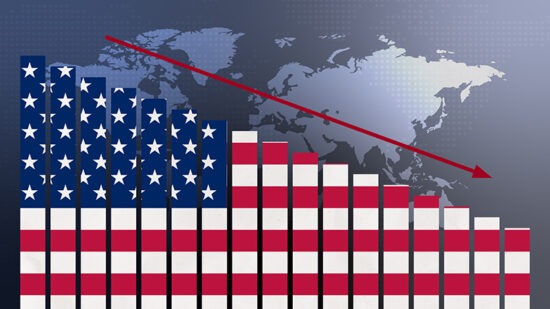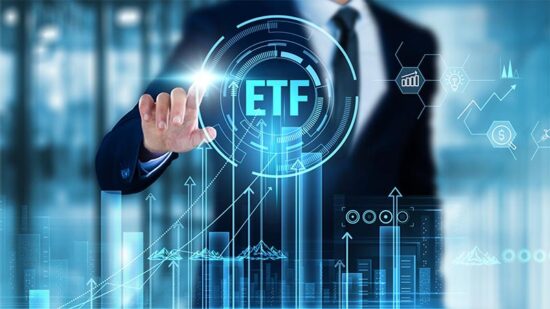The path of the dollar
In Neuberger’s view the key appeal of emerging markets – the potential for higher growth – seems especially valid in a slower-growth world, but it adds risks remain.
“The market continues to focus on two themes: the possibility of further slowing in China and potential effects of Fed rate increases,” it said.
“On the first topic, we think China’s slowdown is to be expected considering its shifting economic mix, and that the market needs to “get over” its obsession with China’s percentage growth rate, given its place as the world’s second-largest economy.”
On the second topic, Neuberger’s team believes that while those economies less sensitive to Fed policy may do better it is of the view that currency depreciations are generally behind us, suggesting the potential for improving current account balances.
For John Bilton, global head of multi-asset strategy at JP Morgan Asset Management, the trajectory of the dollar will be the pivotal determinant for asset allocators this year and is of the view that two possible scenarios could play out, which would lead to two very different outlooks.
Should excessive dollar strength choke the US economy, it would see the gap in growth differentials between the US and the rest of the world close as the US slowed down.
Such an unwelcome scenario would see risk assets struggle, Bilton says. Alternatively, if dollar strength does not become excessive, and the US expansion is reinforced, this would lead to growth outside the US stabilising and, possibly even accelerating.
Under this second, “more virtuous end to the US dollar cycle” Bilton says, the gap between the US and rest of the world would close, not through US weakness, but through a global pick-up. And, as such, it would see risk assets accelerate, and eventually a rotation from developed to emerging market assets.
“We think the second scenario will prevail,” Bilton says, optimistically, but adds: “the interplay of interest rate differentials and dollar valuation early in 2016 will be critical in setting the market tone across all major asset classes over the course of the year.
There is no doubt that there remains a great deal of uncertainty within markets, especially when it comes to the route of the dollar and the glide path of China, but as 2016 ploughs forward, the hope is that some clarity on both these issues will be forthcoming. Should this occur, investors could well look back on 2016 as an inflection point.
The trick now, is going to be choosing the right side of the point.








